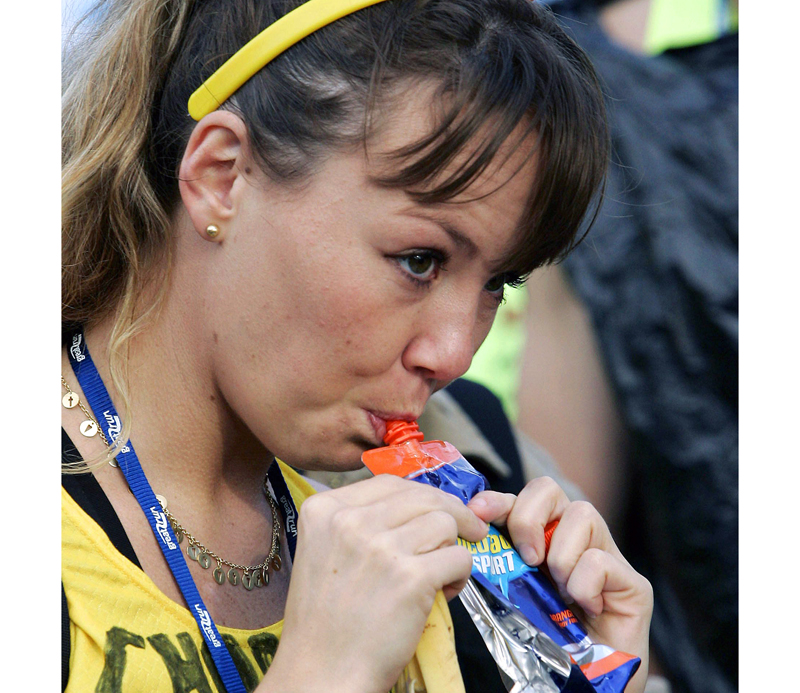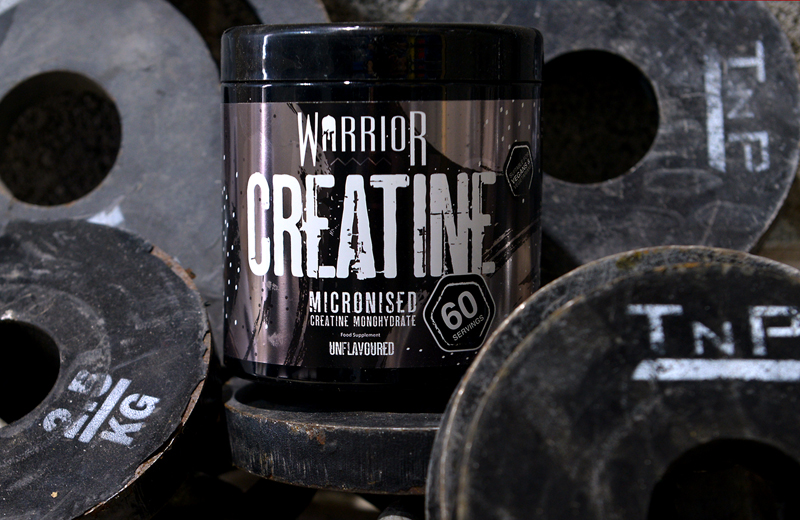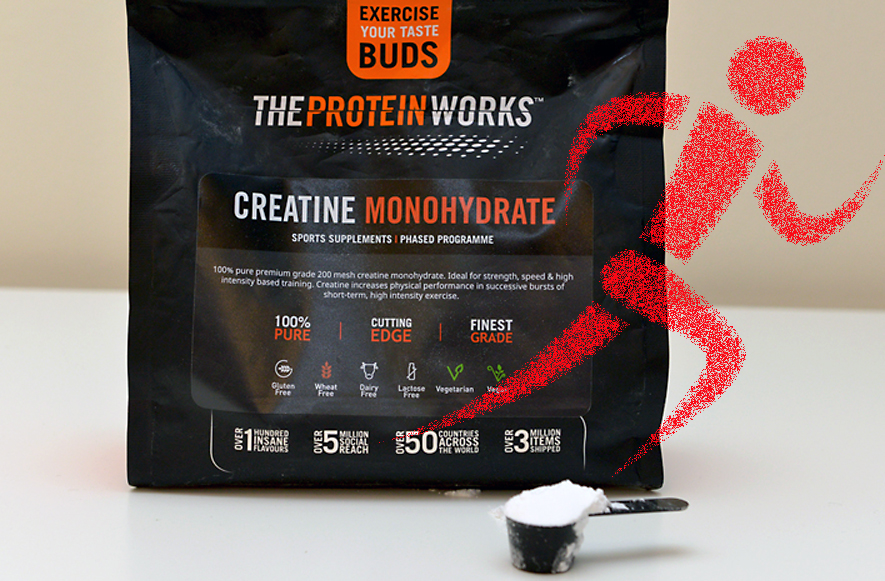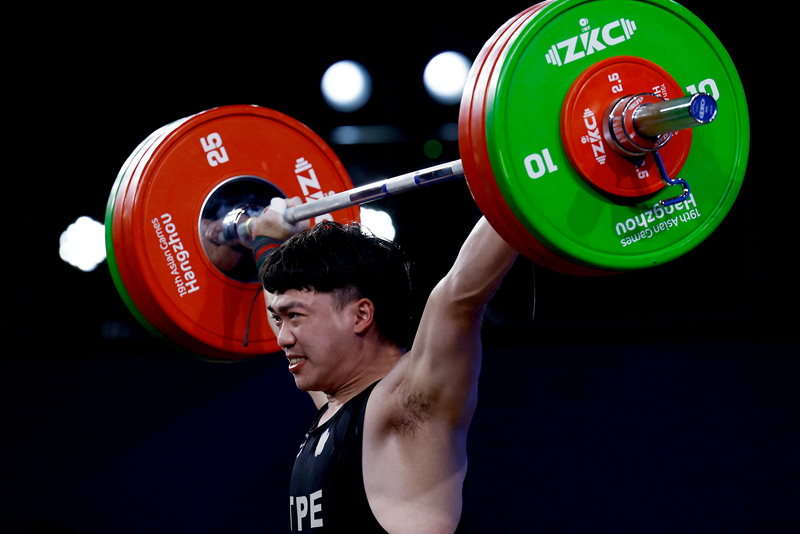Hierarchy nutrition: don’t put the cart before the horse!

What role if any should sports supplements play in athlete nutrition program? The answer lies in understanding your hierarchy of needs…
As a an ex-athlete and a professional involved in sports nutrition research for over 25 years, the most frequently asked question to me by far has been “what’s the best supplement to take for performance”? By contrast, I can count on the fingers of two hands the number of times I have been asked athletes, or their coaches, for advice on putting together the best day-to-day diet for performance.To some extent, this failure to appreciate the importance of nutrition fundamentals is understandable; at its cutting edge, sports nutrition is a complex and constantly evolving science involving huge numbers of variables and sometimes it’s hard to see the wood for the trees. However, the importance of healthy eating patterns cannot be overstated and being able to successfully implement these fundamentals is not rocket science. For most athletes, for most of the time, getting the basics correct will not only make training goals more achievable, but will also be guaranteed to improve general health and well being.
Knowledge is power
Before discussing a hierarchical approach to sports nutrition, it’s worth making the point that – contrary to what might be expected – there’s a large body of accumulated evidence that many athletes (even quite elite athletes) have a relatively poor understanding of understanding and implementing a ‘good’ day-to-day diet. This is borne out by a number of studies looking into the nutritional status of athletes, and finding that their day-to-day eating patterns were not providing them with all of the key nutrients required to attain and sustain peak performance. Table 1 below highlights just a few of these studies and what was found.Some athletes and their coaches may argue that since a wide array of protein, carbohydrate and vitamin/mineral supplements are readily available, a poor day-to-day diet may not be that much of a deal breaker because shortfalls can be supplemented. However, an in-depth study on the topic of assessing nutritional status in athletes concluded that supplement intake cannot make up for poor food choices and an inadequate diet, but that a healthy diet helps ensure athletes receive maximal benefit from any supplementation(1). Remember too that our understanding of nutrition needs is still evolving; it is almost certain that there are a number of key biologically components in health-giving foods that are yet to be identified. Relying on junk foods (even when topped up with even the most exotic supplements) is never going to deliver the benefits of a well-balanced, nutritious and wholesome diet that emphasizes natural unprocessed foods!
Table 1: Some studies investigating athletes and their dietary intakes

Walk before you run
Returning to the topic of nutrition planning, the most common mistake most athletes make when planning out their nutritional strategy is to worry about supplements such as exotic sports drinks and creatine before putting the fundamental building blocks in place. A useful analogy here is that of a cyclist agonizing over whether to shave a few grams of weight from their bike by splashing the cash on super-lightweight carbon pedals while still carrying a spare tire of excess body fat round their waist. Yes it’s true that carbon pedals won’t do any harm, but there are far more important things to worry about!A good way to develop a successful nutrition strategy therefore is to think in terms of a ‘hierarchy of nutritional needs’. You can imagine this as a pyramid, with the widest layer at the base representing the most fundamental dietary needs and successive layers above representing progressively more specialized needs. However, these more specialized needs should only be considered once the (more basic) layers below have all been put in place. Figure 1 below shows a pictorial representation of the hierarchy principle.
Figure 1: Hierarchy of needs. Each level should only be considered once the level below has been satisfied.

Layer 1: dietary fundamentals
As you can see, the hierarchy of needs pyramid has five layers. In terms of day-to-day nutrition, the most important layer without doubt is the one at the bottom because everything else is built from here. This ‘good healthy diet’ layer of the hierarchy pyramid is itself constructed from the core foods that constitute a healthy and balanced day-to-day diet. Although there is no universal definition of what this day-to-day diet should consist of, a good starting point is the ‘Healthy Eating Plate’ guide developed by Harvard University (see figure 2 and the link for detailed information)(14).The key tenet of the Healthy Eating Plate approach is to focus on diet quality. For example, the type of carbohydrate in the diet is more important than the amount of carbohydrate in the diet, because slower-releasing, more nutrient dense sources of carbohydrate (eg most vegetables, fruits, whole grains, and beans) are healthier than others. Meanwhile, sugary beverages (a major source of calories with little nutritional value) should be avoided. Consumers are also recommended to use healthy oils, and there is no set limit on the percentage of calories people should get each day from healthy sources of fat. Remember, the concepts in the Healthy Eating Plate should be used to help athletes to construct layer #1 of the hierarchy of nutritional needs pyramid; think of them as a set of recommendations to build the base of the pyramid.
Figure 2: The Healthy Eating Plate

The key tenets of the Healthy Eating Plate:
- Make most of your meal vegetables and fruits – ½ of your plate. Aim for color and variety. (Potatoes don’t count as vegetables on the Healthy Eating Plate because of their negative impact on blood sugar.)
- Go for whole grains – ¼ of your plate. Whole and intact grains—whole wheat, barley, wheat berries, quinoa, oats, brown rice, and foods made with them, such as whole wheat pasta—have a milder effect on blood sugar and insulin than white bread, white rice, and other refined grains.
- Protein power – ¼ of your plate. Fish, poultry, beans, and nuts are all healthy, versatile protein sources—they can be mixed into salads, and pair well with vegetables on a plate. Limit red meat, and avoid processed meats such as bacon and sausage.
- Choose healthy vegetable oils (in moderation) like olive, canola, soy, corn, sunflower, peanut, and others. Avoid partially hydrogenated oils, which contain unhealthy ‘trans fats’. Remember that low-fat does not mean “healthy.”
- Drink water, coffee, or tea. Skip sugary drinks, limit milk and dairy products to one to two servings per day, and limit juice to a small glass per day.
Layer 2: defense and protection
Athletes, especially those in serious training, put their bodies under considerably more stresses and strain than the average couch potato. Particularly noteworthy is the increase in ‘oxidative stress’ generated by high-intensity training – stress that is associated with increased muscle damage and impairment of the immune system(15,16). Layer 2 then is about adjusting the day-to-day diet to help the body resist illness and breakdown.This is achieved by ensuring that an athlete’s fruit and vegetable intake emphasizes those particularly rich in phytochemical antioxidants (to counter the ‘oxidative stress’ that intense exercise can produce in the cells of the body), and by ensuring they consume plenty of omega-3 oils - also shown to enhance immunity(17,18). As a rule of thumb, the darker and more vividly colored a fruit or vegetable, the more health-giving antioxidant protection that food affords. However, it’s also important to choose a variety of high-antioxidant foods as the different antioxidants they contain work synergistically in the body. In addition, if an athlete’s lifestyle is particularly hectic, a one-a-day broad spectrum multi-vitamin/mineral can be taken for extra protection. To optimize omega-3 intake, athletes should try to consume at least a couple of portions of oily fish (salmon, mackerel, sardine, herring, trout, pilchard etc) a week and also include nuts and seeds in the diet, especially, walnuts and pumpkin seeds, which are especially rich in omega-3. An omega-3 supplement may also be taken.
Level 3: dietary manipulation for energy
With levels 1 and 2 in place, athletes are ready to start attending to the nitty-gritty of sports nutrition. However, before reaching for a tub of sports drink or similar, you need to think about something more fundamental – manipulating diet to optimize fluid intake for adequate hydration and carbohydrate for energy. An athlete’s fluid needs are heavily dependent on ambient temperature and humidity, and of course the duration and intensity of training. As a rough guide, aim to start training sessions fully hydrated (urine should be no darker than a pale straw color) and then rehydrate fully afterwards. A useful tip for rehydration is for athletes to weigh themselves before and after training/competition. For every kilo of bodyweight lost, athletes should aim to drink 1.5 litres or more of fluid to replenish the losses.Carbohydrate needs are no less important. The basic level #1 outlined in the Healthy Eating Plate approach ensures that athletes are consuming the right types of carbohydrate in the diet. However as training volumes rise, (particularly for athletes undergoing endurance training) higher carbohydrate intakes will be needed. The exact needs will be dependent on body mass, training hours per week and training intensity. There are no hard and fast rules on how much extra carbohydrate will be required. However, using cycling as an example, a 75kg rider pedalling at 16-20mph can expect to burn something in the region of 800-1100Kcals per hour. Some of this energy (about a third) will of course be derived from fat stores, but this means he or she be burning around 500-750Kcals of carbohydrate per hour. This equates to around 125-175g of carbohydrate that will need replenishing per hour ridden. Our mythical cyclist should therefore aim to top up the dietary intake of carbohydrate-rich foods accordingly. When the balance of carbohydrate intake is about right, athletes will be able to undertake their weekly training sessions without experiencing fatigue or heavy/leaden limbs as the week progresses (indicating insufficient carbohydrate intake). But neither will they feel bloated or gain weight over time (indicating excess carbohydrate intake).
Level 4: sports drinks
Manipulating diet to meet training needs is vital, but for athletes whose training involves vigorous sessions of two hours or more, ‘in-session’ nutrition becomes vital. As ever the key requirements to maintain performance are fluid and carbohydrate. While it’s perfectly possible to meet these requirements with water and snacks such as dried fruits, bananas etc, the fact remains that a properly formulated carbohydrate drink can give you a real advantage, especially when the work rate is high. This is because these drinks (and gels) can be absorbed much more rapidly than whole foods and with minimal gastric distress and they can also deliver the fluid and electrolyte minerals the body needs(19). The net result is that you can athletes can train harder for longer.The other sports drink that can be particularly useful at this level is a ‘recovery’ formulation. Recovery drinks aim to supply everything needed by the muscles for recovery after hard or prolonged training but their main ingredients are carbohydrate and protein a ratio of 2 or 3 to 1. Studies have shown that muscles are best able to rapidly absorb carbohydrate for the re-synthesis of glycogen, and amino acids (from protein) to replace and rebuild muscle fibers in the period immediately following training and for up to about 2 hours afterwards(20). The beauty of recovery drinks is that they can supply precisely the right combination and ratio of carbohydrates and proteins, at the right time and in a form that’s convenient to prepare, easy to drink and rapidly assimilated.
Level 5: ergogenic aids
The top tier in the hierarchy of needs consists of proven ergogenic aids such as creatine, beta-alanine and caffeine. When used appropriately, these can boost both anaerobic power and endurance performance and are therefore worthy of consideration when athletes are in the competitive phase of their yearly training cycle. However, it can’t be emphasized enough that the potential gains these specialist supplements offer are relatively modest compared to those afforded by levels #1 to #4. Indulging in level #5 and taking these supplements without the foundations in place will result in nothing more than expensive urine. So athletes are urged to get those building blocks in place before worrying about fancy supplements!References
- Int J Sport Nutr Exerc Metab. 2018 Mar 1;28(2):139-158
- Int J Sport Nutr Exerc Metab. 2004 Feb;14(1):81-94
- 2002 Jan;18(1):86-90
- Int J Sport Nutr. 1999 Sep;9(3):295-309
- J Am Diet Assoc. 2001 Mar;101(3):325
- Am Diet Assoc. 1989 Nov;89(11):1620-3
- J Am Diet Assoc. 2002 Sep;102(9):1293-6
- Clin J Sport Med. 2009 Sep;19(5):405-11
- Int J Sport Nutr Exerc Metab. 2010 Jun;20(3):245-56
- Rocz Panstw Zakl Hig. 2013;64(2):143-8
- 2007 May;23(5):40411
- 2017 Feb 15;9(2). pii: E142. doi: 10.3390/nu9020142
- 2021 Apr; 13(4): 1235.
- www.hsph.harvard.edu/nutritionsource/healthy-eating-plate/
- Oxid Med Cell Longev. 2013; 2013():825928
- Life (Basel). 2021 Jul 9;11(7):672
- Front Nutr. 2021 Jan 20;7:617652
- Food Nutr Res. 2021 Jul 8;65
- J Appl Physiol 2006; 100:807-816
- PLoS One. 2016; 11(4): e0153229
You need to be logged in to continue reading.
Please register for limited access or take a 30-day risk-free trial of Sports Performance Bulletin to experience the full benefits of a subscription. TAKE A RISK-FREE TRIAL
TAKE A RISK-FREE TRIAL
Newsletter Sign Up
Testimonials
Dr. Alexandra Fandetti-Robin, Back & Body Chiropractic
Elspeth Cowell MSCh DpodM SRCh HCPC reg
William Hunter, Nuffield Health
Newsletter Sign Up
Coaches Testimonials
Dr. Alexandra Fandetti-Robin, Back & Body Chiropractic
Elspeth Cowell MSCh DpodM SRCh HCPC reg
William Hunter, Nuffield Health
Keep up with latest sports science research and apply it to maximize performance
Today you have the chance to join a group of athletes, and sports coaches/trainers who all have something special in common...
They use the latest research to improve performance for themselves and their clients - both athletes and sports teams - with help from global specialists in the fields of sports science, sports medicine and sports psychology.
They do this by reading Sports Performance Bulletin, an easy-to-digest but serious-minded journal dedicated to high performance sports. SPB offers a wealth of information and insight into the latest research, in an easily-accessible and understood format, along with a wealth of practical recommendations.
*includes 3 coaching manuals
Get Inspired
All the latest techniques and approaches
Sports Performance Bulletin helps dedicated endurance athletes improve their performance. Sense-checking the latest sports science research, and sourcing evidence and case studies to support findings, Sports Performance Bulletin turns proven insights into easily digestible practical advice. Supporting athletes, coaches and professionals who wish to ensure their guidance and programmes are kept right up to date and based on credible science.









